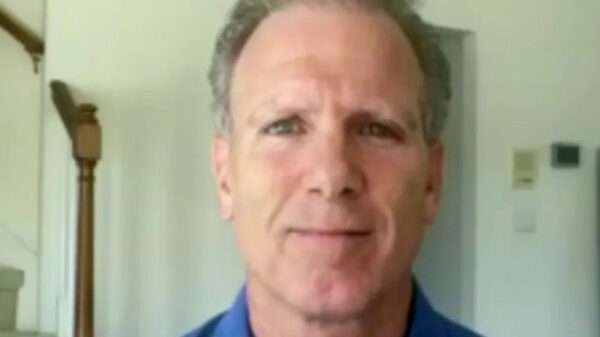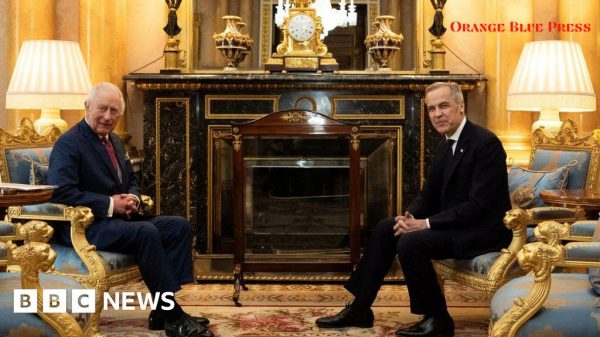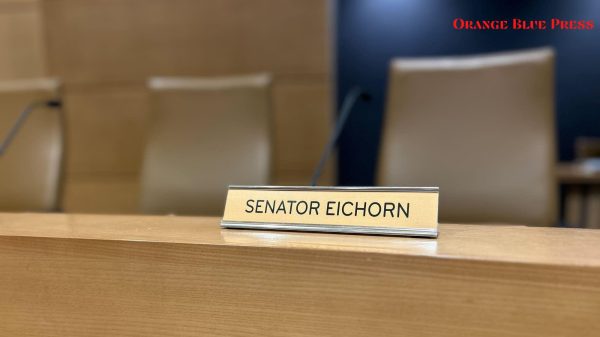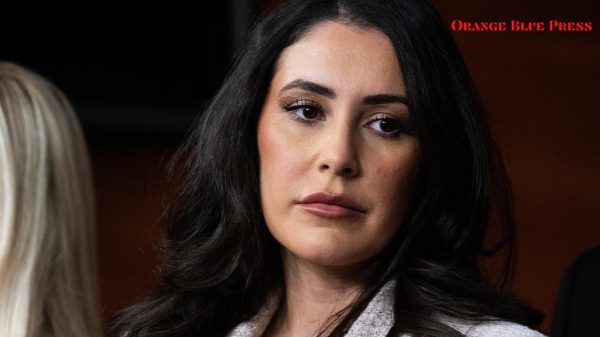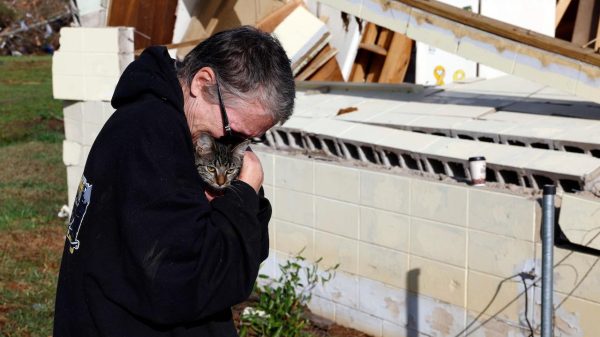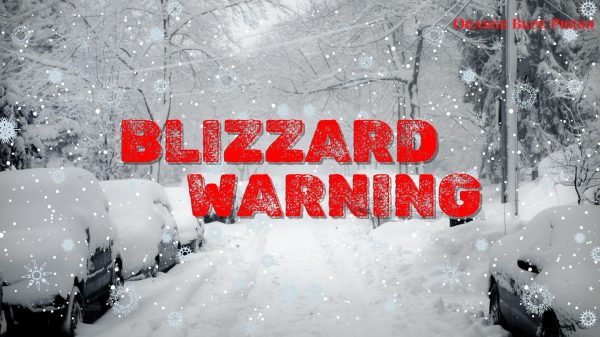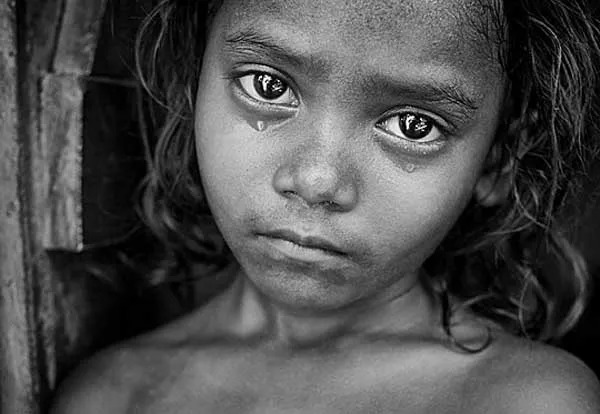According to Robin Hood Foundation report, child poverty will be reduced by 68 percent by 2021.
What caused the shift? Tax breaks provided by the government.
The report credits pandemic relief programs, such as an expanded federal Child Tax Credit, with lowering the city’s child poverty rate to a historic low of 15% during the pandemic.
On February 14, Robin Hood released its fifth annual “Poverty Tracker” report, which assesses rates of income poverty, material hardship, and economic disadvantage in the five boroughs.
According to the report, the federal Child Tax Credit alone — which was increased in value during the pandemic, delivered in monthly installments, and made available to low-income families for the first time in the policy’s history — reduced the city’s child poverty rate by more than 30 percent in 2021.
“We know what works to reduce child poverty; we just need the political will to get it done,” said Robin Hood Chief Executive Officer Richard R. Buery, Jr. (Photo: kresge.org)
According to the report, as a result, 120,000 New York City children were kept out of poverty.
“In the midst of a global health and economic crisis, federal policymakers devised initiatives that kept half a million children in New York City out of poverty – but many of those policies have since expired,” Buery explained. “The fact is that child poverty is a continuing crisis, and we need our leaders in Washington, Albany, and City Hall to step up and provide long-term solutions.”
The following are some of the findings from the most recent Poverty Tracker report:
- The temporarily expanded Child Tax Credit payments reduced the risk of financial hardship by 39% and of food hardship by 19% among low-income families.
- The monthly Child Tax Credit payments may also have eased the burden on New York City’s emergency food assistance providers. Families with children in New York City were 21% less likely to visit food pantries in the months when they received monthly Child Tax Credit payments, and those in poverty were 33% less likely to visit food pantries.
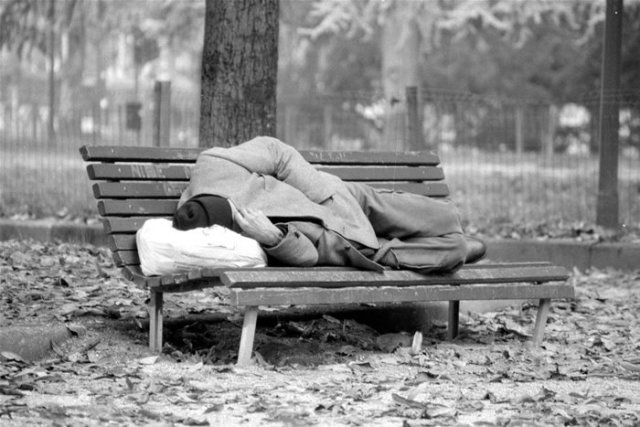
Tax Credits: What Caused the Drop In Child Poverty Rate In NYC?(Photo: mediterraneaonline)
- In 2021, 18% of adult New Yorkers and 15% of children in the city were poor, the city’s lowest annual child poverty rate since the Poverty Tracker began measuring child poverty in 2017.
- In 2021, Latino New Yorkers were twice as likely as white New Yorkers to be poor (24 percent vs. 12 percent), with rates similarly elevated among Asian and Black New Yorkers (20 percent and 21 percent, respectively).
Congress allowed the federal Child Tax Credit expansion to expire in December 2021, affecting millions of children and families across the country. As early as January 2022, the number of children living in poverty in the United States will have risen to nearly 4 million.
In the report, Robin Hood reiterates its commitment to press legislators to work toward long-term solutions. Robin Hood will advocate for specific policies such as expanding the Empire State Child Tax Credit to include children under the age of four and increasing benefit amounts from $330 to $1,000 per child. This is expected to reduce child poverty by 16.4 percent and lift 112,000 children out of poverty.







